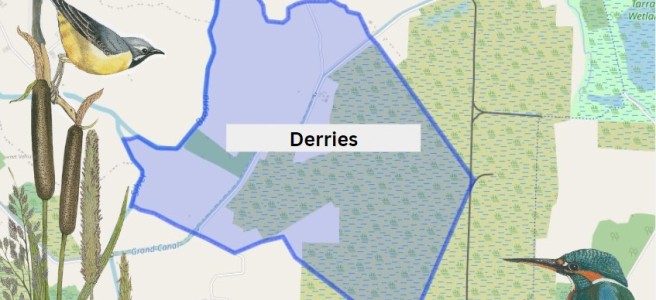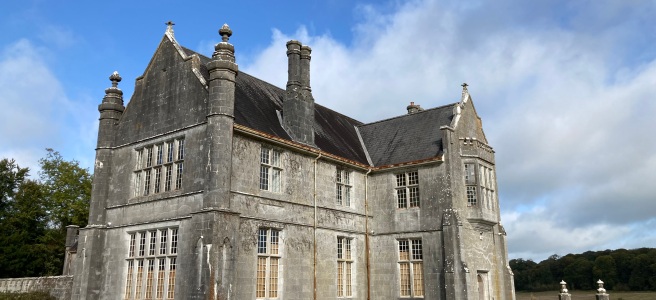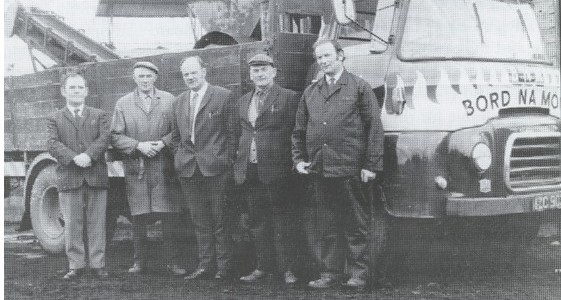About Garrycastle Coote wrote in 1801: The few demesnes of the gentry are highly planted and improved, but the remainder of this country is almost in a state of nature . . All the fuel of this district is turf, which is very cheap and plenty: the country is intersected with very extensive bogs . .[1]
[110 This country is thickly inhabited on the eastern side, but towards the Shannon it is wild and barren, and not populous. Very few gentry reside here, and their numbers have been diminished since the rebellion [of 1798]. The Rev. Doctor Mullock has improved a large tract at Bellair, where he resides; he has, literally speaking, planted with his own hands every tree in his demesne, which consists of forest-trees of all kinds. They had long to combat with a very bleak and exposed situation, but they are now naturalized, and in good vigour, lying very high; they give a great appearance of wood to this part of the country.
Continue reading













